Uses for Hickory Nuts
Uses for hickory nuts include good eating, a syrup and even a way to flavor roasts. Do you have one of these amazing trees on your property?
If so, you have an all-natural source of flavoring for your cooking.
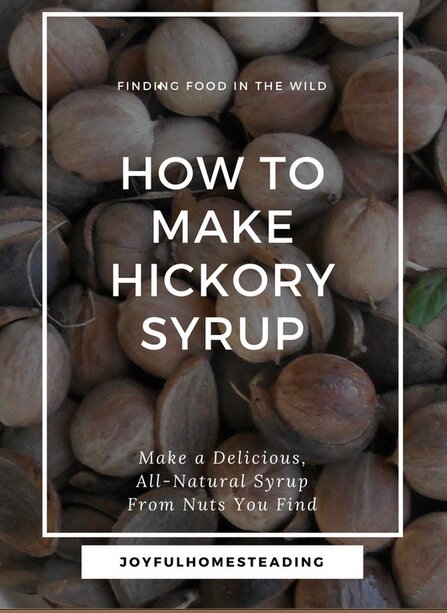
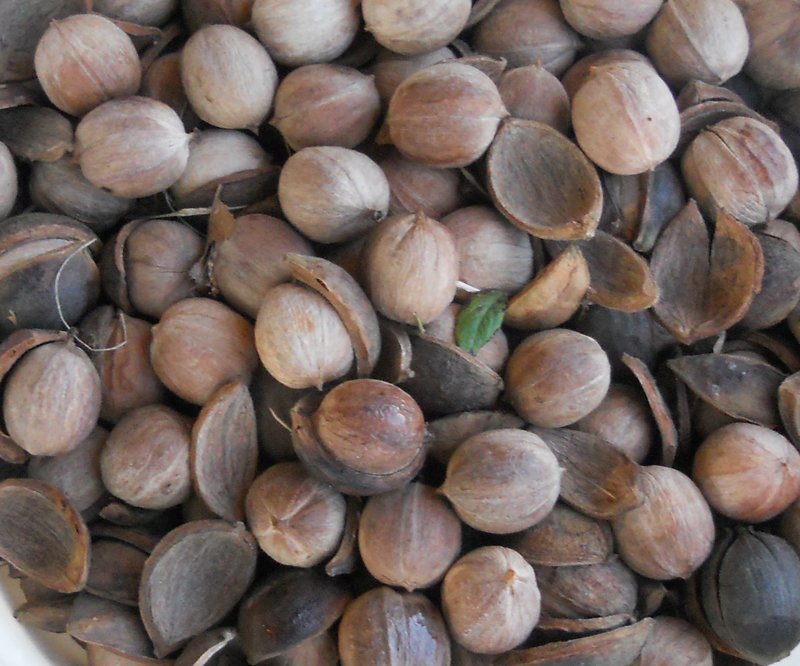
How to Recognize a Hickory Tree
I've posted a picture of a hickory tree below, but the easiest way to recognize a hickory tree is to watch for the nuts which will fall to the ground sometime in the fall.
Not every hickory tree will produce nuts every year, so if you don't find any nuts this year, don't be discouraged; you could find nuts next year.
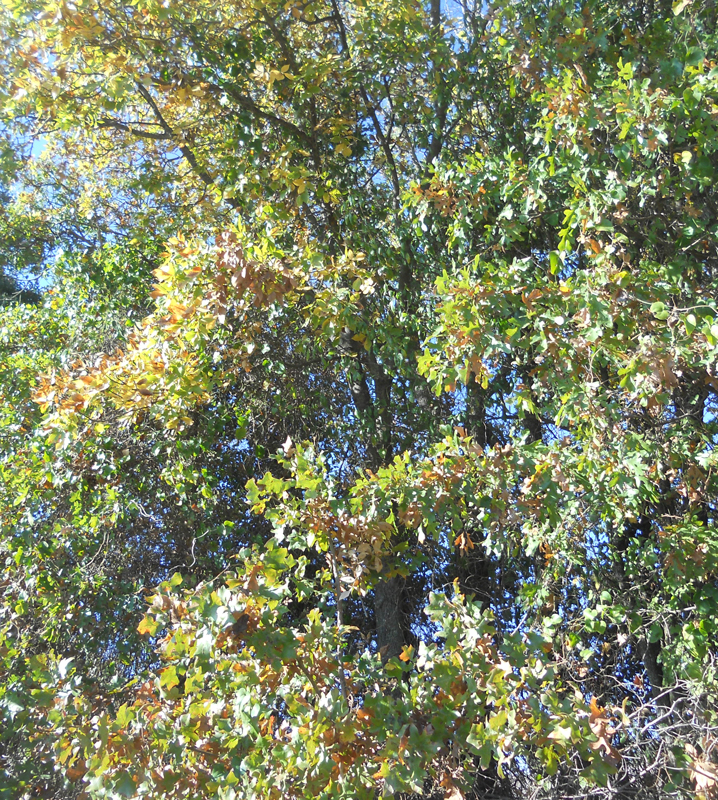
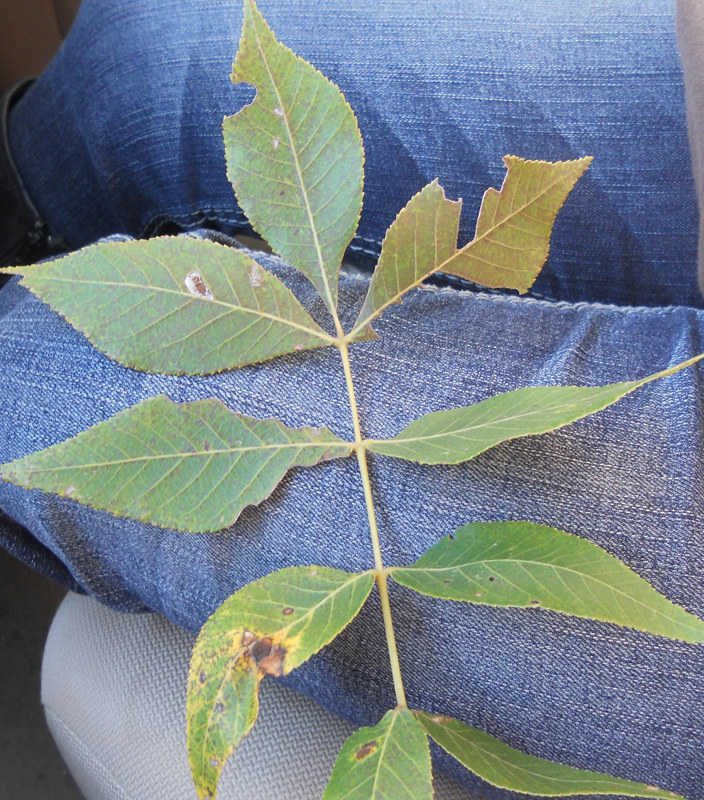
This is what the leaves look like.
Eating Hickory Nuts
They can be eaten plain or added to cookies, muffins or even pies, but you will have to crack them first. Hickory nuts have a tough shell; the hickory also has one of the hardest woods out there - but the nuts can easily be cracked by hitting them with a rock, as shown by the picture on the right.
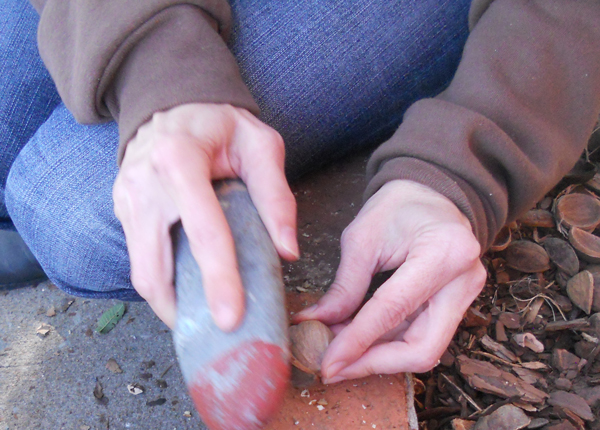
Uses for Hickory Nuts
I recently had the privilege of attending a wildcraft workshop with longtime wildcrafter Jacki Dill and learned many uses for hickory nuts including how to make hickory nut syrup. This syrup is amazing when added to coffee. You can also use it to top ice cream or pies.
Hickory Nut Syrup
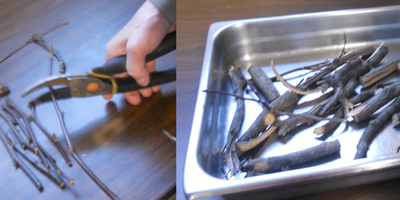
All it takes to make this all-natural syrup are hickory nuts, water and sugar (I used coconut sugar to make mine). You also need a few twigs from the hickory tree to add flavor to the syrup. Cut the twigs using shears as shown in the picture on the right.
Place the twigs in a roasting pan and roast them at 325 degrees Fahrenheit for one hour. Set the twigs aside.
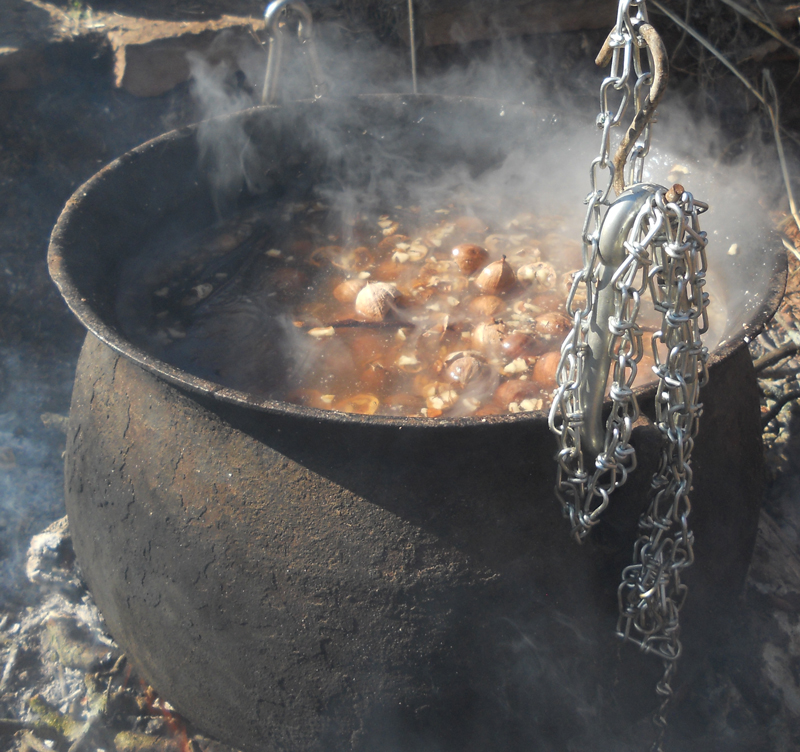
After cracking open the hickory nuts, place them in a large pot, shells and all and cover with water. Add the roasted hickory twigs. Bring the mixture to a boil and allow it to boil for about half an hour. You can cook this outside in a cast iron dutch oven (you can see one here).
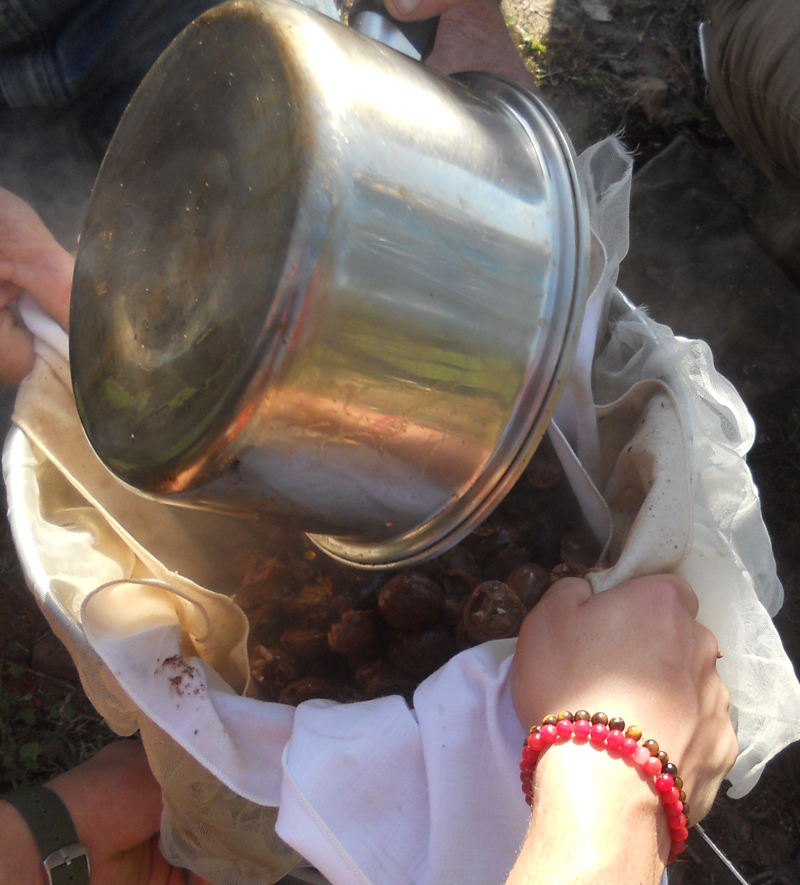
Line a chinois strainer (you can see one here) with a few clean cloths and pour the nut/water mixture through the strainer, saving the liquid. Allow the nuts to cool and feed them to your chickens. The strained liquid is what you will use to make hickory syrup.
Other Uses for Hickory Nuts Hickory Nut Oil
Allow the strained liquid to cool. Fat from the nuts will rise to the top, which is hickory nut oil. This oil, once it is cooled becomes hickory butter, which is good for flavoring meats.
Hickory Nut Butter
Once the hickory liquid is completely cool, skim the oil off the top. Place it in a container with a lid and store it in the refrigerator. The oil will firm up and becomes hickory nut butter. Spread this butter on roasts to give them a hickory flavoring.
Making Hickory Nut Syrup
Measure the liquid you have left. You will need two cups of sugar for every one cup of fluid you have. You can substitute coconut sugar or honey for table sugar in this recipe. If you do use honey, you will need to increase the amount of honey by about one and a half.
Sometimes the end syrup will crystalize. It's still good and will just need to be warmed to dissolve the crystals, but if you don't want your syrup to crystalize, add 1/4 teaspoon of cream of tartar and 1 tablespoon of corn syrup for every quart of liquid.
Place the liquid, sugar, cream of tartar and corn syrup (if you're adding these) into a large pot and gently heat, first on low heat and then gradually higher. When the liquid has reached a boil and the sugar is all dissolved, the syrup is ready. Allow it to cool and store in quart-sized canning jars.
This syrup will last on the shelf for a year. Learn about wildcrafting in Oklahoma.
Store Hickory Nuts To Eat Raw or Use in Recipes
You can also eat raw hickory nuts, although they may have a slightly bitter taste to them. Or use them in recipes that normally call for pecans or walnuts. Place the nuts in a container of water. The nuts that float likely are too old or infested with insects. Discard those.
Remove the remaining nuts and allow them to dry. Store them unshelled either in the refrigerator or in a cool, dark place. If you choose to eat these nuts raw, only eat a few at a time. Hickory nuts contain an enzyme that can give you indigestion in larger quantities.
Foraging for Food
Foraging for food is a great way to save money. You likely won't be able to find all of your food by foraging, but you can forage for passion fruit and burdock, among other edible plants.







New! Comments
Have your say about what you just read! Leave me a comment in the box below.